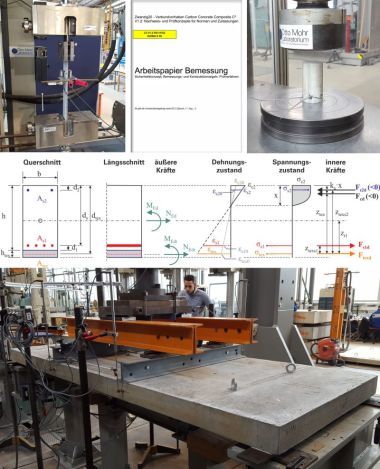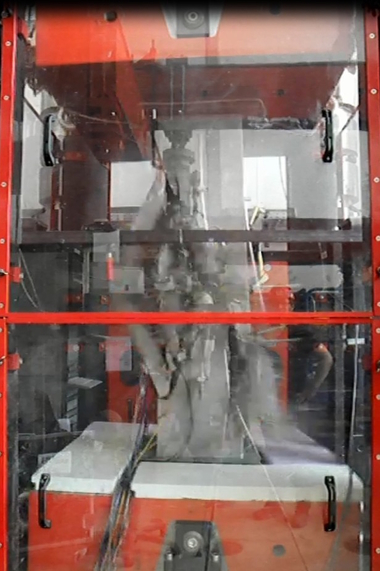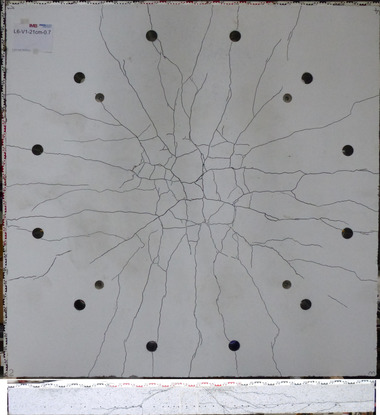Patience is concentrated strength
Bruce Lee, known to many only as the Sino-American martial artist and actor in films such as “Fist of Fury”, also concerned himself with philosophical questions which is, in turn, less well known. The wording according to Bruce Lee is: “Patience is not passive. On the contrary, it is concentrated strength.” The same is true of the integration of innovativeresearch and product developments into established structures. Against the backdrop of the long road to be travelled from innovation to market launch and to the use of new technologies in concrete construction by means of guidelines and standards, it goes without saying for the DAfStb (Deutscher Ausschuss für Stahlbeton; German Committee for Reinforced Concrete) and for the multipliers, which have always included the BetonTage convention, to muster the necessary staying power and, in doing so, concentrate on the essentials. Let us take carbon concrete as an example. Just recently, on October 26 and 27, 2017, the construction industry met for the ninth carbon and textile-reinforced concrete days in Dresden to gather compact and extensive information, in around 50 presentations, on the latest research findings and practical applications in the field of carbon and textile-reinforced concrete. The speakers provided comprehensive information on current projects ranging from kit components via new construction, reinforcement and refurbishment measures all the way to safety-at-work requirements and recycling, experimental verification and design rules.
For the development of technical rules, the DAfStb uses the experience gained in 110 years as a technical and scientific committee. We use the knowledge and experience gained in reinforced and prestressed concrete construction and, through conclusion by analogy, transfer them to new technologies such as carbon concrete. Results obtained from research projects, experience gained from approvals on a case-to-case basis and the application of general national technical approvals as the preliminary stages of technical rules require the necessary patience. This methodical approach, which incorporates field applications, ensures that building or reinforcing with carbon concrete is just as safe, durable, economical and environmentally friendly as proven construction with reinforced or prestressed concrete.
Technical rules established by the DAfStb and paired with professional external communications are indispensable in order to enable products such as carbon concrete to be used in a wide range of applications and to open up new markets as a result. In the field of externalcommunications, the BetonTage convention has been of great help to us for more than forty years.
In this spirit, and bearing in mind Bruce Lee’s words, we wish you a lot of fun and knowledge gain at the 62nd BetonTage convention.
Yours,







